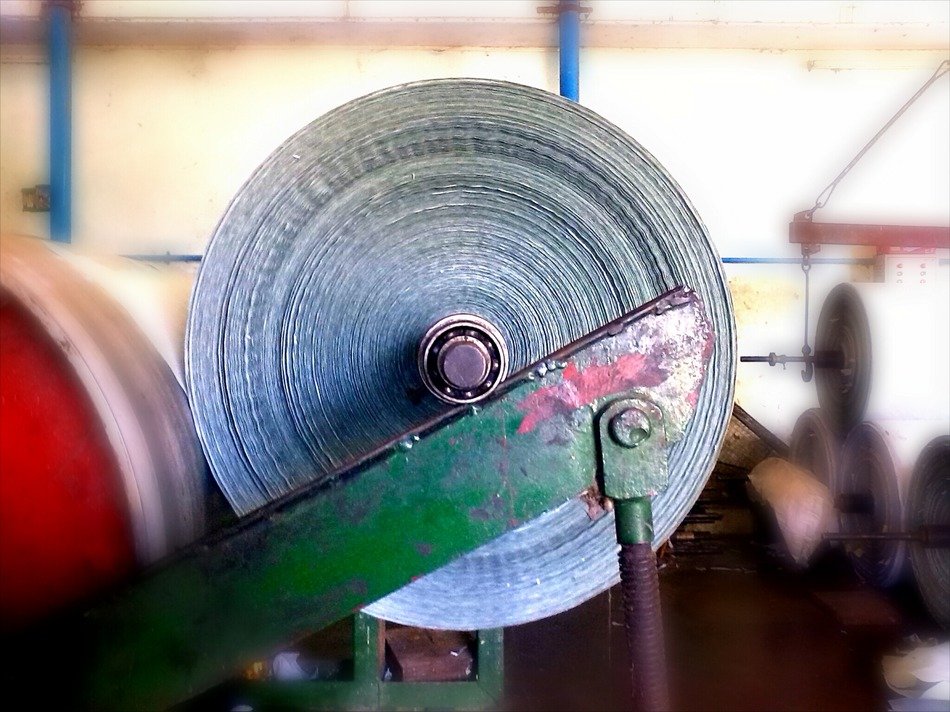The publisher SAGE is in the process of retracting more than 30 papers across three of its journals after determining that they were churned out by paper mills — prompting the company to take a closer look at its policies and procedures.
The suspect papers were initially flagged by Elisabeth Bik and others as part of a group of some 400 articles that showed signs of having been milled. As we reported in March, a dozen of the articles were hit with expressions of concern — prompting some head-scratching from Bik, in particular, about why they weren’t being retracted outright.
A spokesperson for SAGE told us:
SAGE was made aware of claims of 13 potentially fraudulent papers in September 2020 via a public forum, and immediately launched an internal investigation. This investigation revealed suspected data manipulation of the same type in a further 18 papers across three journals. All 31 papers have been or are due to be retracted.
The papers were retracted due to suspected data manipulation and we found clear suggestions that these papers had been generated by what have been widely reported as “paper mills” and are as such compromised. The authors were asked to comment but the responses were unsatisfactory.
SAGE said its investigation:
revealed papers sharing striking similarities in methodology, images, and text. Ultimately, we found evidence of image manipulation and duplication in cell images and western blots.
Through the course of this investigation, we have deepened our understanding of the characteristics to look out for that are common across paper mill submissions and are implementing additional checks to determine the legitimacy of data prior to acceptance. Additionally, since the publication of these articles, we have implemented internal procedures to guard against potential fraudulent submissions in the future as well as the risk of compromised peer review, including additional checks to validate the identity of authors and the relationships authors may have with reviewers (note that author-nominated reviewer fraud was not implicated in these cases).
We have since implemented more rigorous peer review processes that include critical evaluation of raw data and developed resources to aid in identifying characteristics of paper mill papers as highlighted in the public literature.
According to the retraction notice for one of the affected articles, “miR-451a Inhibits the Growth and Invasion of Osteosarcoma via Targeting TRIM66,” published in Technology in Cancer Research & Treatment, SAGE’s peer review process was breached:
Significant similarities between this paper and a number of other papers have been identified, as well as indication of image and data manipulation suggestive of the use of a “paper mill”. These papers share common structures and wording yet do not share any common authors.
In addition, the Technology in Cancer Research & Treatment Editorial Office became aware that the peer review process for this article had been compromised, and we have reason to believe this was due to author misconduct.
The authors did not provide a sufficient response or evidence to refute these claims. As a result, the scientific accuracy of this paper is not reliable.
Adhering to the international guidelines established by the Committee on Publication Ethics, the Journal has determined these are grounds for retraction.
The three journals are Technology in Cancer Research & Treatment (which is pulling 12 papers), the International Journal of Immunopathology and Pharmacology (16) and the Journal of International Medical Research (3). Many of the affected papers have yet to receive notices.
Here are the papers, along with the journals where they appeared:
Like Retraction Watch? You can make a one-time tax-deductible contribution or a monthly tax-deductible donation to support our work, follow us on Twitter, like us on Facebook, add us to your RSS reader, or subscribe to our daily digest. If you find a retraction that’s not in our database, you can let us know here. For comments or feedback, email us at [email protected].

Author-nominated peer review fraud not implicated, yet “…. the peer review process for this article had been compromised, and we have reason to believe this was due to author misconduct.”
So how else do authors game peer review process?